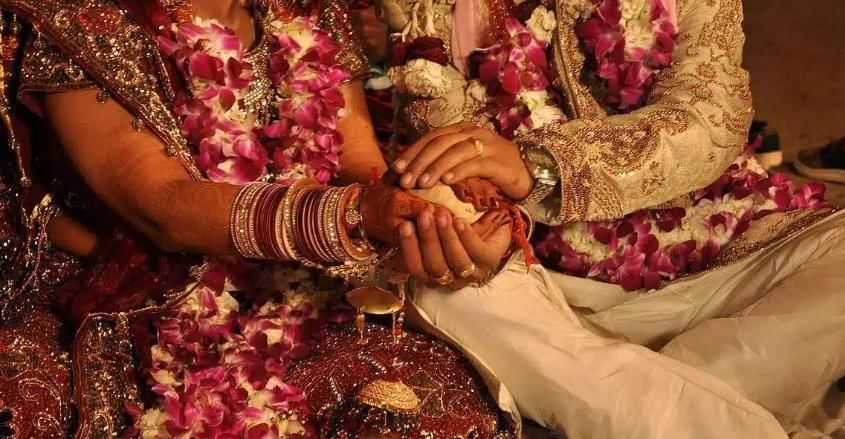Understanding Hindu Marriage: A Sacred Sacrament | Legal Reasoning for CLAT PDF Download
| Table of contents |

|
| Introduction |

|
| Hindu Marriage Act of 1955 |

|
| What Does the Act Govern? |

|
| Necessary Requirements of a Hindu Marriage |

|
| Who is Considered a Hindu? |

|
| Conclusion |

|
Introduction
In Hinduism, marriage is seen as a sacred bond between two people. It is not just a relationship but a duty that helps individuals achieve the four goals of life, that is Dharma (righteousness), Artha (wealth), Kama (desires), and Moksha (liberation).
Hindu Marriage Act of 1955
Marriage holds deep religious and cultural importance for Hindus, being considered a sacred and cherished institution. The Hindu Marriage Act of 1955, enacted by the Indian government, plays a vital role in overseeing Hindu marriages and divorces within the country.
This legislation streamlines and consolidates the ancient Shastric Laws that traditionally govern Hindu marriages. It establishes a legal framework aimed at ensuring the legitimacy of marriages and safeguarding the rights of the individuals involved.
What Does the Act Govern?
The Hindu Marriage Act, passed by the Indian Parliament in 1955, is the law that governs Hindu marriages in India. It applies to all Hindus, including those who follow Buddhism, Sikhism, and Jainism. This law provides rules for how Hindu marriages should be properly performed and registered in the country.
Necessary Requirements of a Hindu Marriage
To ensure the validity of a Hindu marriage, certain requirements must be met:
- Completing Customary Rites and Rituals: Hindu marriages are characterized by a sequence of traditional rites, rituals, and ceremonies, each holding profound religious importance and being deemed crucial for sanctifying the union. Among these rituals, the "Saptapadi" is particularly noteworthy, involving the couple taking seven steps together as a symbol of their commitment to one another. The completion of these ceremonies is integral to the marriage process, signifying the couple's readiness to embark on a marital relationship.
- Prohibition of Bigamy: The Hindu Marriage Act unequivocally prohibits bigamy, barring any individual from having a valid existing marriage while attempting to enter into another. This prohibition is in place to prevent individuals from engaging in multiple simultaneous marriages, upholding the sanctity of marriage and safeguarding the interests of all parties involved.
- Ensuring Competency of Parties: The Act underscores the significance of verifying the competency of both parties entering into marriage. Factors such as age and mental capacity are considered to ensure that both individuals comprehend fully the implications and responsibilities associated with marriage.
- Restriction on Marriages within Prohibited Relationships: The Hindu Marriage Act restricts marriages between closely related individuals, specifying the degrees of prohibited relationships. Parties must not be within these specified degrees, aligning with societal norms and preventing unions that are deemed inappropriate or unethical.
Who is Considered a Hindu?
The Act defines who can be considered a Hindu for the purposes of this law. This includes not only individuals who are born Hindus but also those who have formally converted to Hinduism.
Conclusion
Hindu marriage is both a religious and legal bond that brings two people together to share life with love, respect, and responsibility. While ancient traditions described different types of marriages, today only those based on mutual consent and respect are accepted. The Hindu Marriage Act helps ensure that marriages are done fairly, legally, and with dignity. Overall, Hindu marriage continues to be an important part of Indian society, connecting not just two people but also their families, values, and duties.
|
65 videos|181 docs|38 tests
|
FAQs on Understanding Hindu Marriage: A Sacred Sacrament - Legal Reasoning for CLAT
| 1. What are the different types of Hindu marriages recognized in Hindu culture? |  |
| 2. What are the essential features of a Hindu marriage? |  |
| 3. How does the Hindu Marriage Act apply to Hindu marriages? |  |
| 4. What is the significance of marriage being considered a sacrament in Hinduism? |  |
| 5. Can the Hindu Marriage Act be applied to inter-caste or inter-religious marriages? |  |





















